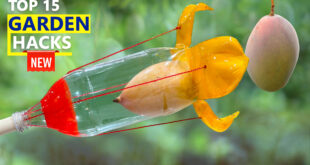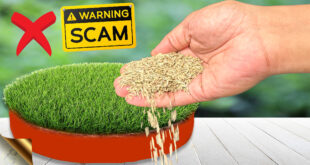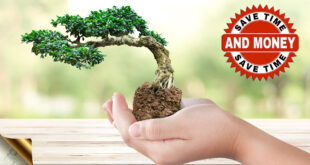Plumeria are milky sap plants and consists of a lot of species and all belong to Apocynaceae family. For example Plumeria Pudica, Plumeria Alba, Plumeria Obtusa and so on. The various species differently in their leaf shape and arrangement and also color of their flowers. There are many common names for this plant like Champa, Nag Champa, Pigeon wood, caterpillar tree, etc.
You are seeing here two different species of Plumeria
This one is Plumeria Obtusa with White Flowers – called White Champa.
The other one is Plumeria Pudica – commonly called as Naag Champa – perhaps because of it leaf shape which resembles the hood of a cobra snake.
Well Now moving on to Care Tips for Plumeria plants.
Whatever is the species, these are the common care tips for all plumerias. With the proper plumeria plant care, these wonderful tropical plants can live for many years in containers.They can grow very tall when grown in ground soil.
- Plumeria Watering Requirements:
Plumerias like a lot of water during their active growing season (spring and summer), but be careful with overwatering because this can lead to rot and kill the plant. So the best method is to dip you finger to about an inch into the soil and if its dry, then water the plant thoroughly. This depends on you climatic zone and season and also whether you have kept it in full sun. May be you need to water daily or alternate days depending on your climate. One important point to remember is use clay pots and not plastic pots if you are keeping any plant in full direct sunlight.
- Plumeria Sunlight:
For best flowering, keep it in full direct sunlight and maximum sunlight if possible. Or atleast 4 to 6 hours of sunlight is required. And Depending on your climatic zone, some regions might have to shift this indoor in winter season where they go in dormancy period.
- Plumeria SOIL: If you are repotting, consider a best potting mix for this so that the care becomes easier later on and its gives maximum flowering. First requirement is a well draining soil that should drain out soil easily. Also check the drainage holes of your pot and if its blocked, use a screw driver and and poke or release any clogged stuff from the hole. General Potting Soil like my universal potting mix will be very good for this plant. You can check this video on Universal Potting Mix from a Card linked at top right corner of this video.
- Plumeria FERTILIZER: Remember Plumerias are heavy feeders, and growing plumerias in pots will definitely require fertilizer application to bloom. Most of the time a potted plumeria won’t bloom without it. Fertilize once every 15 days to 1 month specially in spring and summer season for best results. You can add anything like:
- One handful of vermicompost or decomposed cowdung powder
- NPK crystals some 5 to 10 crystals or even water soluble NPK 19 19 19 powder.
- Bone meal of about 1 – 2 teaspoons every 2 months because it’s a slow release fertilizer and very good for flowering.
- Compost Tea is also a good option.
- What I Use is my Cock Tail Universal Mixed Fertilizer Powder – about 1 table spoon into this large pot once every 15 days after tilling or raking the soil – that is loosening the top 1 inch of the soil. If you have not seen my video on how to make this Mixed Fertilizer recipe and save time, checkout my video from a card linked at top right corner of this video or you can check the channel homepage at youtube.com/gardentips.
- Plumeria PEST CONTROL: Very rarely they are attacked by Whiteflies and spider mites. You can use neem oil spray when attacked or best is to spray a dilute solution of Neem oil once a month for all your plants. Just 5ml Neem oil in 1 1 litre of water + half teaspoon 0r 10 drops of liquid soap for the surfactant and coating effect. You can find a detailed video on Neem Oil in gardening from my playlists.
- Plumeria PRUNING: Pruning from time to time promotes good growth by branching and hence more flowers. Best idea is to prune bit by bit like once a bunch of flowering happens on a branch and flowers dry out, you can prune that branch or its twig – its called dead heading which promotes more growth and flowering.
LASTLY ON Plumeria PROPAGATION. They are really easy to propagate from cuttings. The only point you need to remember is, they are milky sap plants. Be little careful with the milk – it can be a skin irritant to some people. The cutting should be dried for 2- 3 days to form a callous at the cut end and then you can insert it into soil. This roots very easily but sometimes rooting can be very late. Do not discard – sometimes it can take months before showing signs of rooting or growth as you can see in my case. And You can take any sized cutting and success rate is really good.
 GKVKs – Gardening Tips and Store Gardening Tips and Store
GKVKs – Gardening Tips and Store Gardening Tips and Store



